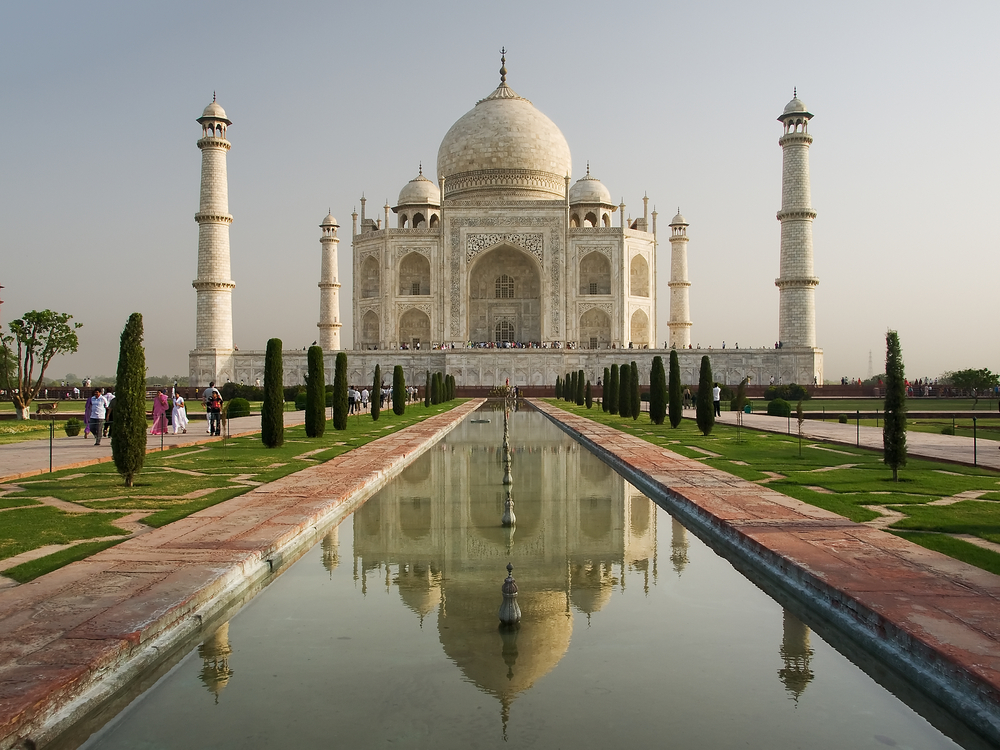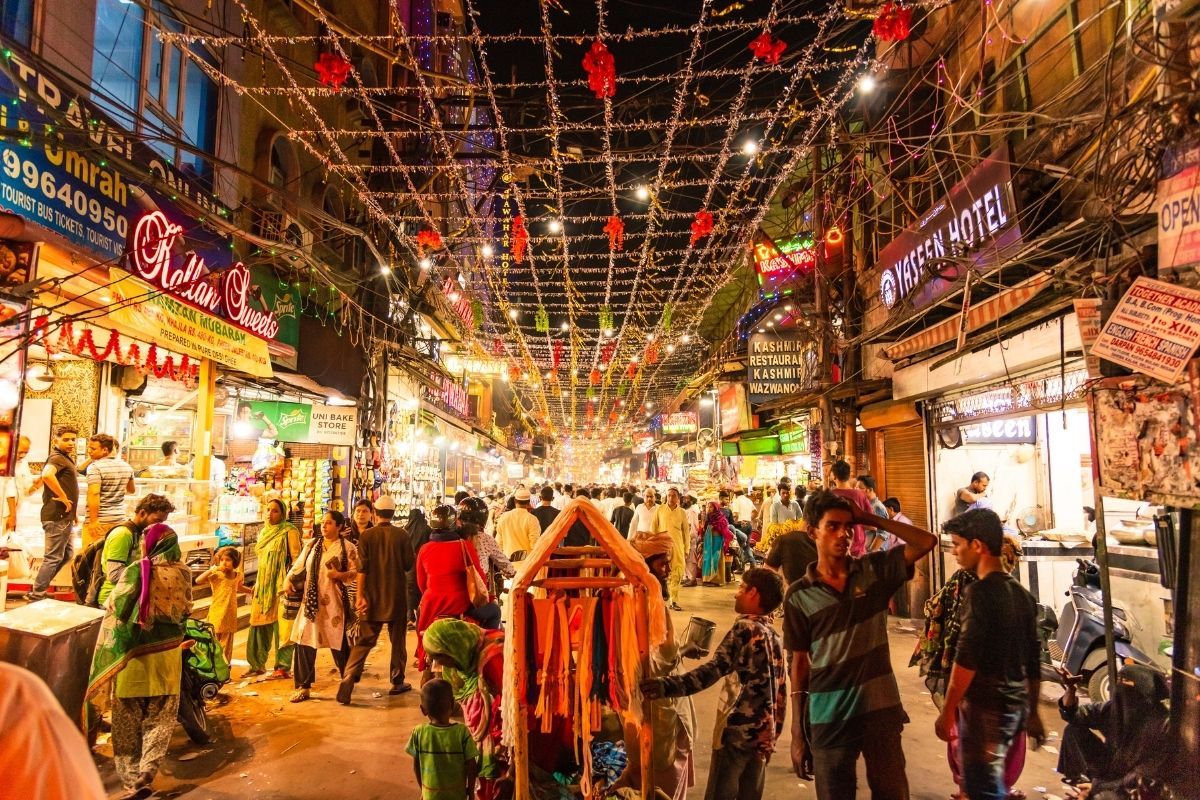Rich in culture, heritage, history, architecture, and a legacy of thousands of years, India is a treasure awaiting to be explored. India has 40 UNESCO listed World Heritage Sites, and that makes India with among the countries with the maximum number of World Heritage Sites in the world! There are 32 cultural sites, 7 natural sites and 1 mixed as recognised by UNESCO. Besides, that India is home to 13 traditional-cultural elements that have been inscribed on the UNESCO List of the Intangible Cultural Heritage of Humanity.
Here is a list of UNESCO World Heritage Sites in India:
1. Taj Mahal, Agra

One of Seven Wonders of the World, a white marble Mughal architecture, the Taj Mahal was built by Mughal Emperor in memory of his beloved. It is located at the bank of river Yamuna in Agra. The 17th century masterpiece is considered as the best example of Mughal architecture worldwide.
2. Khajuraho, Madhya Pradesh

Known for erotic sculptures and nagara-style architectural symbolism, the temples of Khajuraho are a unique culture heritage. The group of Hindu and Jain Temples were built between 950 to 1050 CE under the reign of the Chandella dynasty. A total of 85 Temples, the site is host to the ethereal annual Dance festival.
3. Hampi, Karnataka

A collection of heritage sites, Hampi was once part of the prosperous kingdom of Vijayanagar. A testimony of excellent Dravidian style of art and architecture, the Group of Monuments comprise of many wonders.
4. Ajanta Caves, Maharashtra
Dating back to around 2nd century BCE to 650 CE, Ajanta Caves are +beautiful masterpieces of 31 rock-cut Buddhist cave monuments, paintings and sculpture. The style of Ajanta art and architecture are incredible remnants of Indian classical art and architecture.
5. Ellora Caves, Maharashtra
A testimony to ancient Indian history, Ellora Caves are Indian-rock cut architecture. There are about 34 rock-cut temples and caves which can be dated to about 600 to 1000 AD. The excavated site consists of Charanandri Hills, Buddhist Hindu and Jain rock-cut temples, Viharas and Maths of 5th and 10th century.
6. Bodh Gaya, Bihar
The holy place where Lord Buddha attained enlightenment, Bodh Gaya is a religious place. After severe penance under the holy Bodhi Tree, the prince Siddhartha gained Enlightenment and became Gautam Buddha. The famous Mahabodhi Temple was established in the reign of Ashoka the Great in about approximately 250 BCE.
7. Sun Temple, Konark, Odisha

Dated to 13th-century, the Sun Temple on the beach of Konark built by King Narasimhadeva I of the Eastern Ganga Dynasty in around AD 1250. Reflecting the grandeur of the traditional style of Kalinga Architecture, the temple in the shape of a gigantic chariot with carved stone wheel, pillars and walls and is led by six enormously carved horses.
8. Red Fort Complex, Delhi
A Mughal glory, the Red Fort was built by Emperor Shah Jahan when he shifted his capital from Agra to Delhi, or what was known as Shahjahanabad at that time. The red sandstone structure has a mix of Indo-Islamic, Timurid, Hindu and Persian forms of architecture, made up of red sandstone and houses several other smaller buildings such as the private pavilions, the Diwan-i-aam, the Diwan-i-Khas.
9. Sanchi, Madhya Pradesh
One of the oldest stone structures in India, the Buddhist Monuments at Sanchi is commissioned by emperor Ashoka in 3rd century BCE. Apart from the Sanchi stupa, several other structures exist here, such as monolithic pillars, temples, palaces and monasteries. It remained an important pilgrimage site for the Buddhists till about 12th century AD, after which the religion declined in popularity.
10. The Great Living Chola Temples, Tamil Nadu
Built during the rule of Chola Empire, the temples in South India- Brihadisvara Temple, the Temple at Gangaikonda Cholapuram and the Airavatesvara Temple are the most important of all of these temples. Testimony to the architectural splendour and beauty of Chola art, architecture and sculpture, these temples are living temples and the rituals and festivities which were observed by people thousands of years ago, are still held.







0 Responses on "UNESCO World Heritage Sites in India"